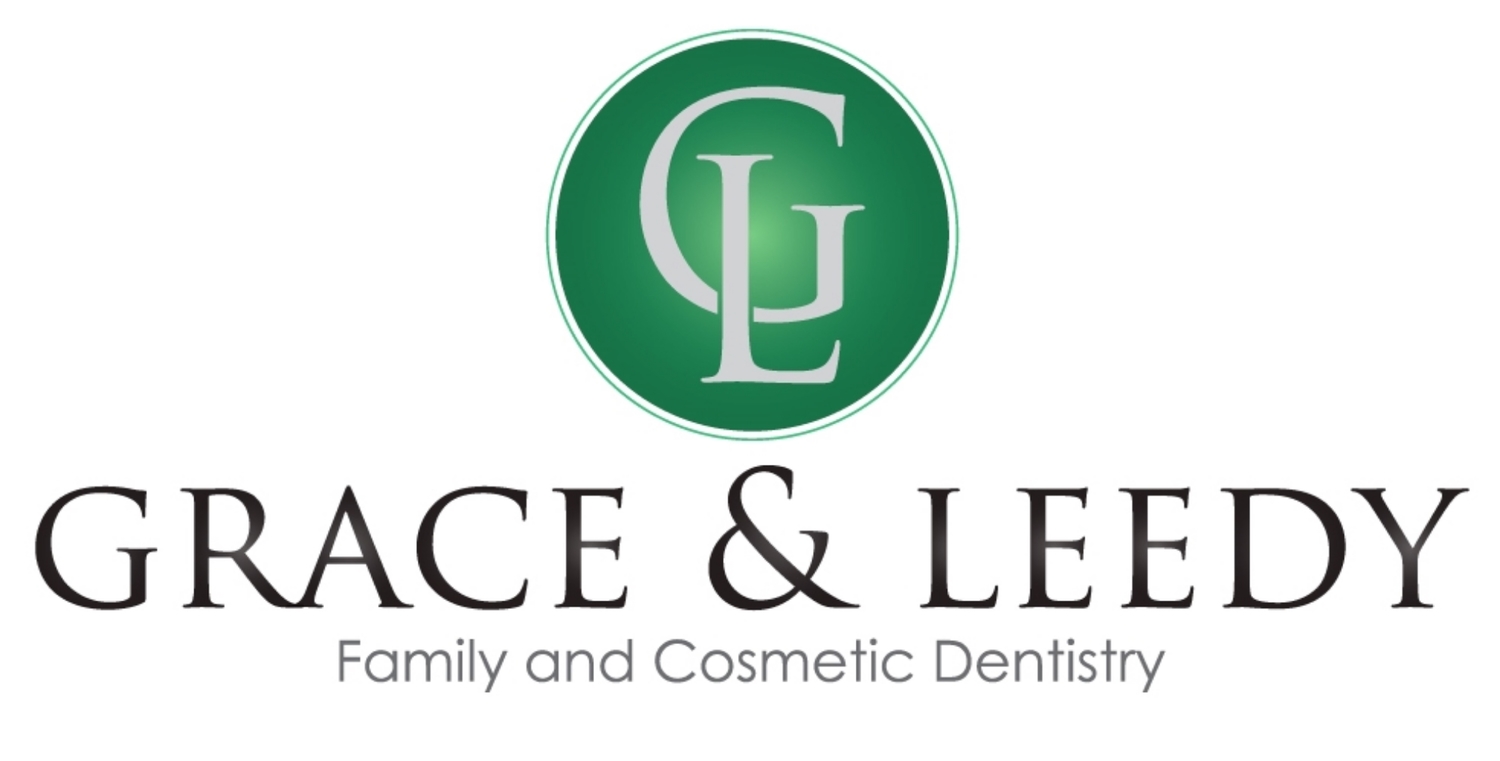
How Veneers Work
You may have heard veneers suggested as a potential treatment for damaged or unsightly teeth, but you may not know exactly how the process works or what the pros and cons of such a treatment are. First, it should be noted that veneers are primarily a cosmetic procedure, and if your teeth are failing, then you'll need to investigate more substantial options like bridges or dental implants. This said, veneers could be a great way to improve your smile. Let's investigate what veneers do and if they're right for you.
Basics
Simply put, Veneers are thin little shields that are placed on top of your existing teeth to improve their appearance. Like many dental appliances and other procedures, veneers are custom fitted so they match your teeth almost exactly. Since they are artificial, they provide a whiter appearance for the tooth and do not stain or discolor once installed. Veneers can be applied to one or several teeth depending on your needs. Veneers are best for treating discolored, chipped or misaligned teeth. Often they are also used to reduce the appearance of gaps between teeth.
The Procedure
After the initial examination with your dentist, including a discussion of what you want to achieve with the procedure, veneers require two treatment steps. First, your dentist will remove a very thin layer of enamel from the tooth to create a surface that the veneer will bond to. This portion of the procedure can be painful and some patients may need an anesthetic to help. Once the enamel is removed, your dentist will take an impression of the tooth to prepare the custom veneer.
Once the impression is complete, it is sent away to a lab to be made. In the meantime, a follow-up appointment is scheduled a couple weeks out to bond the veneer once it is finished. Once it arrives, your tooth is prepared for bonding. It is polished and sanded to ensure the bonding agent will grip the tooth. At this time, your dentist measures the veneer and ensures it will fit your tooth. Sometimes slight adjustments are made to the veneer before it is placed. Your dentist will also color match the veneer to the rest of your teeth so it won't stand out. (Note: any whitening treatments should be performed before veneers are installed.)
Once ready, a bonding agent is applied to the tooth and a sealing light is used to quickly harden the bond. The veneer is now permanently set in your tooth.
Advantages And Disadvantages
Veneers have several advantages, but they aren't the best choice for everyone. Here's a quick glimpse at the pros and cons of veneers:
ADVANTAGES
- Veneers are a cost-effective way to improve tooth appearance vs. more expensive treatments like implants and crowns.
- Veneers are stain resistant and won't discolor.
- Veneers brighten the appearance of otherwise faded teeth.
- Veneers are a permanent fixture.
DISADVANTAGES
- Because veneers are permanent, the process cannot be reversed.
- The removal of enamel is also permanent, and this can lead to more sensitivity in the tooth depending on the patient.
- Veneers can crack or be damaged, and they're not easily repaired. Those who grind their teeth are especially at risk to damage veneers. Chewing hard items like ice can also damage veneers.
- The color of your veneer doesn't change once fitted, so it should match the rest of your teeth or it will stick out.
- Teeth fitted with veneers can still experience decay and may need to be fitted with crowns in the future.
- Veneers are best for those with teeth in decent condition. Issues like gum disease, weak or decaying teeth and other advanced conditions are often not suitable for veneers.
Final Thoughts On Veneers
While veneers aren't the best choice for everyone, they are a viable option for those that want to repair damaged teeth or improve their smile. If you're not sure that a veneer is the best treatment option for you, we encourage you to schedule a visit with Grace & Leedy Family Dentistry. We'll provide an initial checkup and suggest the best treatment option for you, veneer or otherwise. Come visit with us today!
Location
10881 West Asbury Ave Suite 210, Lakewood, CO 80227
Phone: (303) 989-0452
Office Hours
MON8:30 am - 1:30 pm
TUE7:00 am - 3:30 pm
WED - THU8:00 am - 5:00 pm
FRI7:00 am - 3:30 pm
SAT - SUNClosed









comments